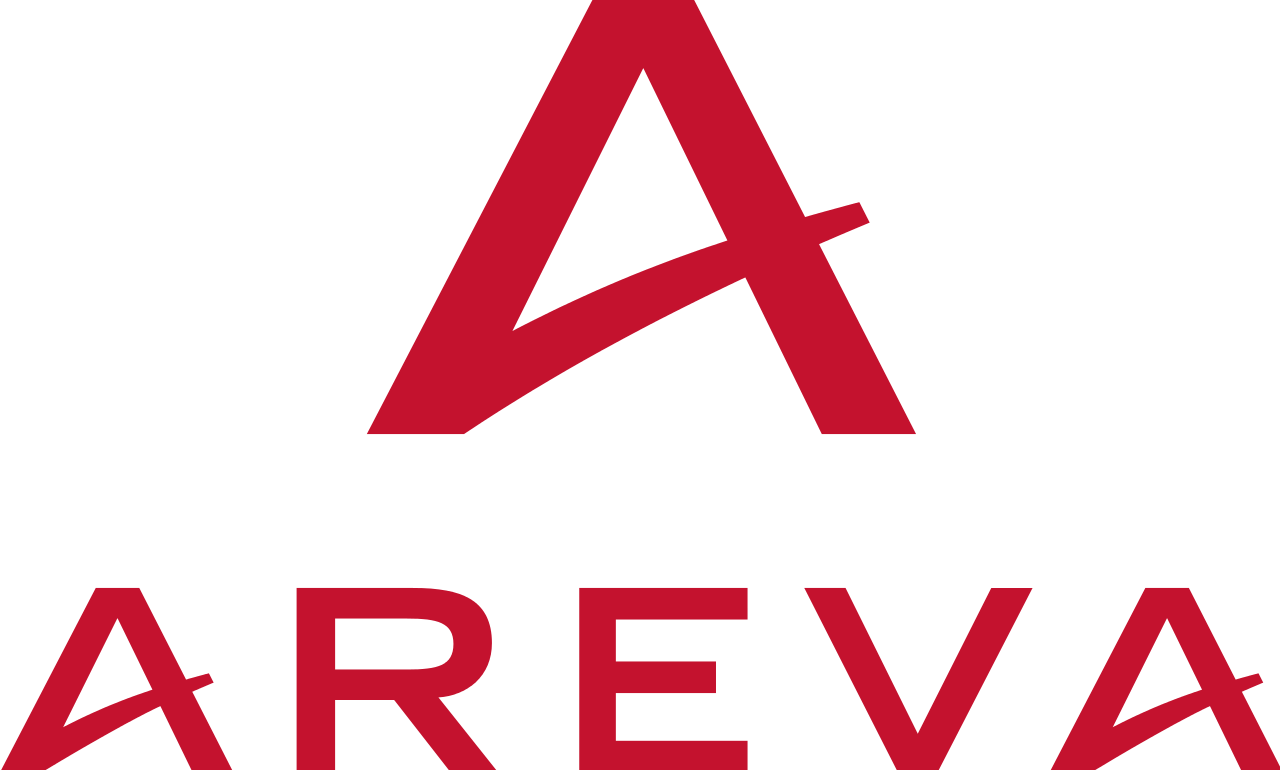10/4/2001
Press release
A portion of the spent fuel from German nuclear power plants is being sent to France for reprocessing under commercial contracts between German electric utilities and COGEMA and following intergovernmental agreements between France and Germany.In accordance with these commitments, preparations are now being made for a shipment of 7 casks of spent fuel from German nuclear plants.
Taking into account the operational measures that must be put in place for the shipment, the rail convoy could reach the terminal at Valognes on or some time after 11 October 2001. On 31 January 2001, German and French authorities gave their approval to the resumption of shipments of radioactive materials between the two countries.
As a consequence, vitrified wastes conditioned at the COGEMA La Hague reprocessing plant are being transported once again to the storage facility at Gorleben, Germany. At the same time, spent nuclear fuel from German power plants is being sent to the COGEMA La Hague plant for reprocessing.
The reprocessing and recycling of spent fuel involves separating out the materials that can be used again to generate energy, such as uranium (95%) and plutonium (1%), and conditioning the final wastes (4%) in a glass matrix. These vitrified wastes are then returned to the country from which the spent fuel came.
Taking into account the operational measures that must be put in place for the shipment, the rail convoy could reach the terminal at Valognes on or some time after 11 October 2001. On 31 January 2001, German and French authorities gave their approval to the resumption of shipments of radioactive materials between the two countries.
As a consequence, vitrified wastes conditioned at the COGEMA La Hague reprocessing plant are being transported once again to the storage facility at Gorleben, Germany. At the same time, spent nuclear fuel from German power plants is being sent to the COGEMA La Hague plant for reprocessing.
The reprocessing and recycling of spent fuel involves separating out the materials that can be used again to generate energy, such as uranium (95%) and plutonium (1%), and conditioning the final wastes (4%) in a glass matrix. These vitrified wastes are then returned to the country from which the spent fuel came.
